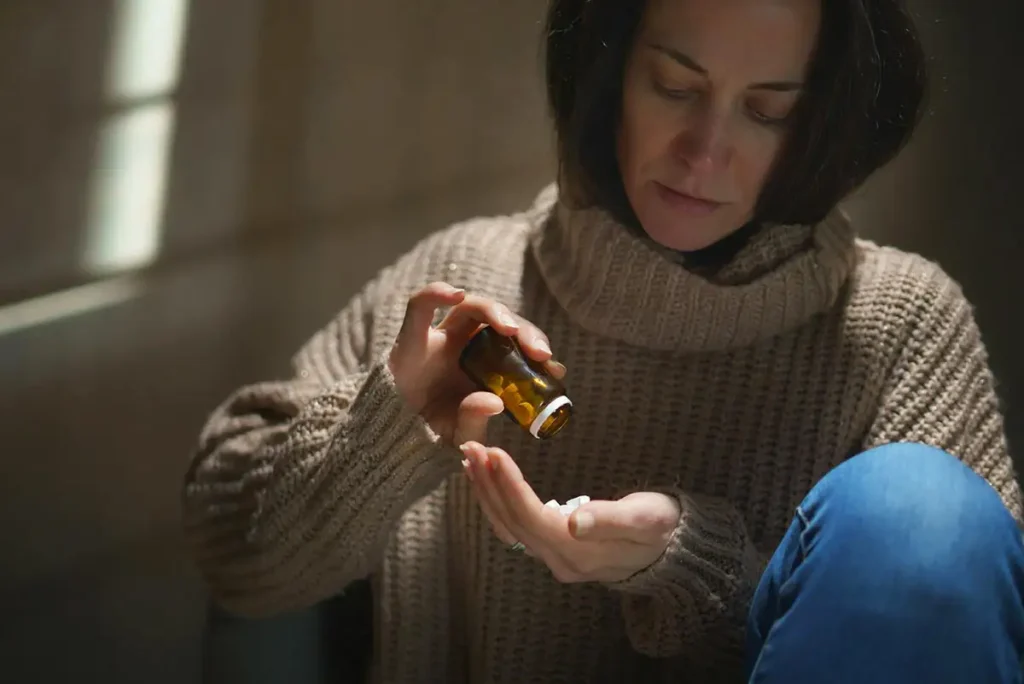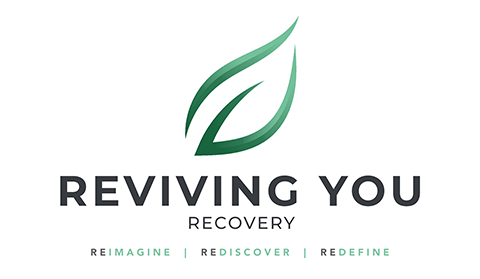Long Term Negative Effects of Opioid Overdoses

Opioids are a very commonly abused class of drugs with heroin, morphine, fentanyl, and others all extremely popular for recreational use. At the same time, they can be extremely dangerous, with many people overdosing and requiring hospital care. In fact, 1.23% of all emergency department visits are related to opioids, which translates to about $5 billion in medical charges every year. Here, the news often focuses on overdose deaths and the fact that over 100,000 people die of an opioid overdose every single year. At the same time, millions of Americans recover from an overdose and go back to their daily lives.
What happens then? What are the long-term negative effects of opioid overdoses?
Unfortunately, for many people, an opioid overdose can mean living with negative impacts for the rest of your life. And, while you walk away from an opioid overdose with potentially lifelong damage, you’ll still be addicted to those same drugs except now in worse health and with fewer resources to recover next time.
What is an Overdose?
Understanding the long-term effects of an opioid overdose means understanding what actually happens during an overdose. Opioids can interfere with the central nervous system functioning meaning that function slows. This leads to side-effects including respiratory depression or dangerously slow breathing or stopping breathing. That results in hypoxia or oxygen deprivation, meaning that the brain and organs don’t get oxygen they need, and the heart is put under severe strain as blood pressure drops. The longer this lasts, the more damage is caused and the more the body shuts down.
Brain Damage
The brain relies on oxygen. In as little as 5 minutes following hypoxia, the brain can start to suffer from cell and neuron death. By the time someone starts to lose consciousness and move into a comatose state, oxygen levels in the brain are already well past this point. When someone stops breathing, they can die within a few minutes. This means that an overdose can result in permanent brain damage, even if opioid overdose reversal agents like Naloxone are applied fairly quickly. Even a few minutes of overdose symptoms means the brain is deprived of oxygen, and that can have lifelong consequences. The good news is that the brain is fairly plastic, and most people regain function as their brain moves functionality from damaged parts to healthy parts – so most people with minor brain damage recover within a few years.
Organ Damage
Your organs are also damaged by reduction of oxygen in the body. Here, you normally see damage to the kidneys and the liver. That can have extra impact for individuals with an opioid use disorder, because both are already under strain. This means that prolonged overdose can result in requiring dialysis, and sometimes for the rest of your life. In addition, it can exacerbate existing liver damage and result in chronic liver disease and liver failure. While the liver can recover over time – those problems can take years to heal. There’s also already a link between opioid use and kidney failure, even before overdose. This means that overdose is more likely to cause sudden kidney failure or acute kidney injury – which may require medical intervention and may turn into a lifelong problem.
Get Your Questions Answered Now
Chronic Breathing Problems
When the central nervous system depresses, you slow breathing or stop breathing. That immediately means there’s less oxygen in the lungs. For this reason, the lungs can sometimes take the worst damage during an overdose. Lung cells start to die within a few minutes, which reduces your breathing capacity permanently. In fact, in one study, individuals who had survived an overdose has 49% to 56% of predicted lung capacity – meaning they lost roughly half of lung capacity during the overdose.
The lungs can heal, especially with training and work to improve condition. However, for many patients, those reductions persist and can result in chronic lung disease. That means reduced capacity to handle strain. Eventually, that can mean you’re out of breath more quickly walking up stairs, it can mean you start to experience chronic lung problems, and it can mean that if you have a comorbidity like asthma or sleep apnea, you are in serious danger if you have an attack.

Heart Problems
During an opioid overdose, you experience a sudden drop in blood pressure and heart rate. The result can be significant strain on the heart and the cardiovascular system. Oxygen deprivation can lead to permanent heart damage with arrythmias and increased risk of cardiac arrest and heart failure. Damage to the veins can also mean permanent issues with oxygenation in the muscles.
This also means that once you have an overdose, you’re at increased risk of heart damage from using drugs. This means you’re more likely to have problems again every time you strain your heart. And, because the heart doesn’t recover like the brain or the lungs do, you’ll have those risks for the rest of your life. That can mean having permanent heart medication and a lifestyle that accommodates having a weak heart.
Trauma
An overdose is an extremely traumatic experience. You lose control over your life and whether you live or die. If someone administers an opioid overdose reversal drug or calls an ambulance, you’ll live. If not, chances are very high that you will die. That’s extremely traumatic and something that you will need counseling and mental health help for. Most people leaving a near-death experience can expect to experience severe effects of trauma for up to 2 months after the event. However, individuals with a substance use problem are more at risk of developing PTSD and chronic symptoms of trauma. That’s also harder to treat around a substance use disorder, because the addiction gets in the way of treatment. That will often mean seeking out a dual diagnosis treatment program so you can treat PTSD and trauma at the same time as substance abuse, so you can move out of treatment with the tools you need to stay in recovery.
Unlike physical health problems, trauma is more treatable and can go away with therapy and counseling. Unfortunately, that means getting into a mindset where you can benefit from therapy, which means getting clean and getting addiction therapy. Without that treatment, PTSD and trauma can persist for the rest of your life – and it will make it harder to live your life, to get clean, and to build and maintain relationships.

Getting Help
Opioids are extremely commonly abused drugs, but they are also responsible for over 70% of all drug-related hospitalizations. While many of us get up and walk out of the hospital after an overdose, those overdoses still cause sometimes life-long complications including heart damage, brain damage, liver damage, kidney damage, lung damage, and trauma. If you or a loved one is using, it’s important to take steps to stay safe. That means buying Naloxone, the opioid overdose reversal drug, making sure everyone knows how to use it and call 911 in case of an overdose, and looking into getting help.
Moving into rehab and getting help with drug abuse is the most effective way to quit because you get support, learn tools to manage cravings, and learn to resolve the underlying problems behind substance abuse so you can get back to your life.
We Accept Most Insurances
We are in network with:









We know insurance coverage can be a source of uncertainty for people. We make sure you have all the information necessary. The great news is health insurance can potentially cover the total treatment costs. If you don't have insurance, we offer cash payment options for our treatment programs and are committed to working with clients regardless of financial situations.
